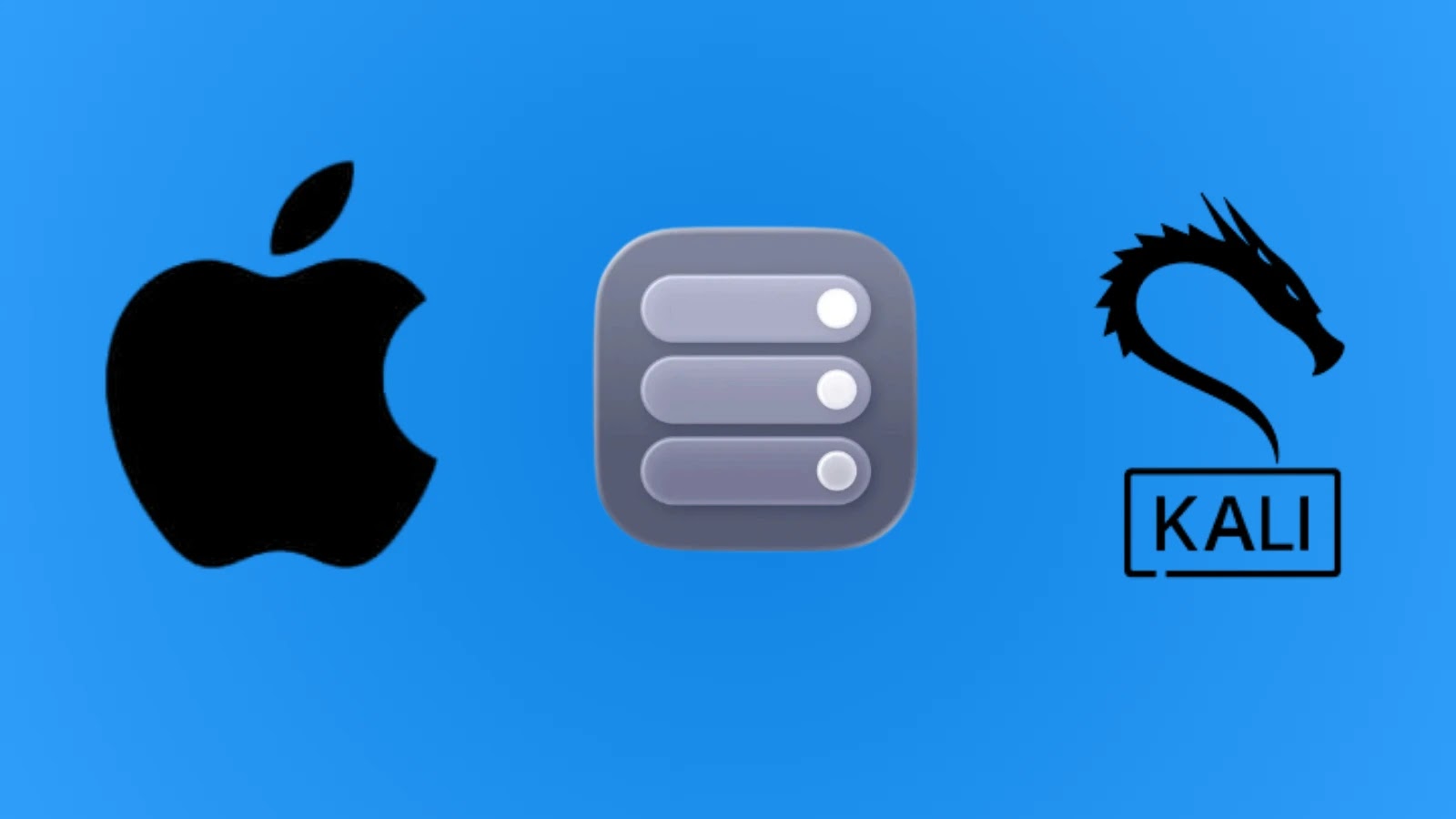
Apple’s New Containerization Feature Allows Kali Linux Integration on macOS
Unveiling Apple’s Game-Changing Containerization: Kali Linux on macOS Made Native
The landscape of cybersecurity and development is constantly shifting. Staying ahead means embracing innovations that streamline workflows and enhance capabilities. A recent, yet quietly significant, announcement from Apple at WWDC 25 has set the stage for a profound shift in how developers and security professionals interact with macOS: a native containerization stack. This isn’t just another incremental update; it’s a foundational change that opens the door for seamless integration of powerful tools like Kali Linux directly onto your Mac, without the traditional overhead. Forget the complexities of third-party virtualization or hefty Docker Desktop installations; native OCI image support is here, promising unprecedented flexibility and performance.
The Dawn of Native OCI Support on macOS
Hidden within the flurry of WWDC 25 announcements was a pivotal detail for the developer community: Apple’s introduction of a native containerization stack. This enables macOS to run Open Container Initiative (OCI) images directly within ultra-lightweight virtual machines. Previously, running Linux-based tools or development environments on macOS often necessitated applications like Docker Desktop or standalone virtualization solutions, each introducing their own layer of complexity and resource consumption. The new native stack bypasses these dependencies, offering a more integrated and efficient experience.
The immediate implication is profound. As of macOS “Sequoia” 15, users can already leverage this feature to launch a full Kali Linux environment. The promise extends further with macOS “Tahoe,” where the need for Docker Desktop is expected to be entirely eliminated for such operations. This move by Apple signifies a strategic embrace of containerization standards, recognizing their critical role in modern software development and cybersecurity operations.
Kali Linux on macOS: A New Paradigm for Security Professionals
For penetration testers, security analysts, and ethical hackers, the ability to natively run Kali Linux on macOS is a game-changer. Kali Linux, a Debian-derived distribution designed for digital forensics and penetration testing, comes pre-loaded with hundreds of tools for various information security tasks. Historically, integrating Kali Linux into a macOS workflow typically involved dual-booting, complex virtual machine setups, or less efficient cloud-based solutions. Each presented performance bottlenecks or setup hurdles.
With Apple’s new containerization feature, security professionals can now:
- Perform on-device penetration testing: Conduct network reconnaissance, vulnerability assessments, and exploitation directly from their macOS device using Kali’s comprehensive toolset.
- Access specialized tools: Utilize Kali-specific tools that might otherwise be cumbersome to install or configure natively on macOS (e.g., Metasploit Framework, Wireshark, Nmap, Aircrack-ng).
- Streamline forensic analysis: Leverage Kali’s forensic capabilities in a sandboxed, portable environment.
- Enhance portability: Spin up and tear down Kali environments as needed, ensuring a clean slate for each operation and easy sharing of specific toolsets through OCI images.
This native integration not only improves performance but also enhances the overall user experience, making macOS an even more attractive platform for cybersecurity professionals.
Technical Underpinnings: OCI and Lightweight Virtual Machines
At the heart of this new capability lies the Open Container Initiative (OCI) and Apple’s implementation of ultra-lightweight virtual machines. OCI defines specifications for container image formats and container runtime, ensuring interoperability across different containerization platforms. By supporting OCI images natively, macOS is aligning with industry standards, allowing developers to package applications and their dependencies into self-contained units that can run consistently across various environments.
The use of “ultra-lightweight virtual machines” is key to the performance benefits. Unlike traditional hypervisors that encapsulate an entire operating system, these lightweight VMs are optimized for the specific task of running containers. They minimize overhead, offering near-native performance while providing the necessary isolation and security boundaries that containers require. This approach blends the best of both containerization (efficiency, portability) and virtualization (isolation, security), creating a robust platform for demanding workloads like a full Kali Linux environment.
Security Considerations and Best Practices
While the native integration of Kali Linux and other OCI containers offers significant advantages, it’s crucial for users to remain vigilant regarding security. Running powerful tools, especially those designed for penetration testing, necessitates a strong security posture. Consider these best practices:
- Isolation: While the containers run in lightweight VMs providing isolation, ensure that sensitive operations are confined to the container environment. Avoid unnecessary file sharing between the host macOS and the Kali container.
- Credential Management: Never hardcode credentials within container images. Utilize secure environment variables or secret management solutions for API keys, passwords, and other sensitive information.
- Image Integrity: Only use OCI images from trusted sources. Verify image signatures when available to ensure they haven’t been tampered with. For custom images, thoroughly audit their contents.
- Regular Updates: Keep your macOS up to date, and regularly pull the latest Kali Linux container images to ensure you have the most recent security patches and tool versions.
- Network Configuration: Understand how your container’s network interfaces are configured. Restrict network access for containers when not actively conducting network-related tasks.
- Host Security: Maintain robust security on your macOS host system, including strong passwords, firewall configurations, and reputable antivirus software.
The convenience of native containerization should not diminish the importance of fundamental cybersecurity practices. Treat your containerized environments with the same diligence as any other critical system.
The Future of Development and Cybersecurity on macOS
Apple’s strategic embrace of native OCI containerization is more than just a convenience feature; it marks a significant evolution for macOS as a professional platform. For developers, it means a more streamlined, performant, and consistent environment for building and testing applications. For cybersecurity professionals, it democratizes access to powerful toolsets, allowing for more agile and effective security operations directly from their preferred workstation.
As macOS “Tahoe” rolls out and the ecosystem around this native stack matures, we anticipate even more sophisticated integrations and capabilities. This development solidifies macOS’s position not only as a creative powerhouse but also as a formidable platform for leading-edge software development and advanced cybersecurity operations.





